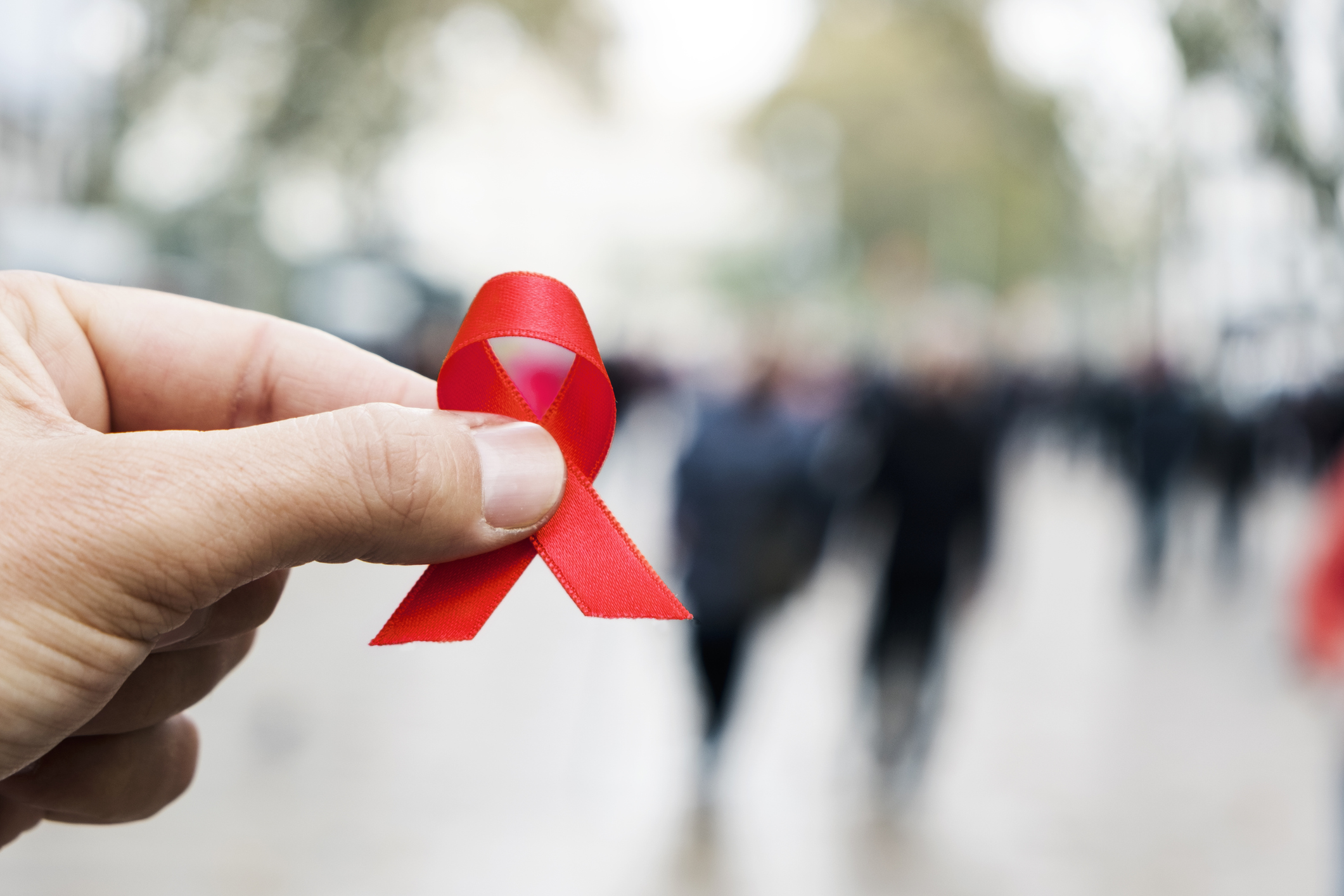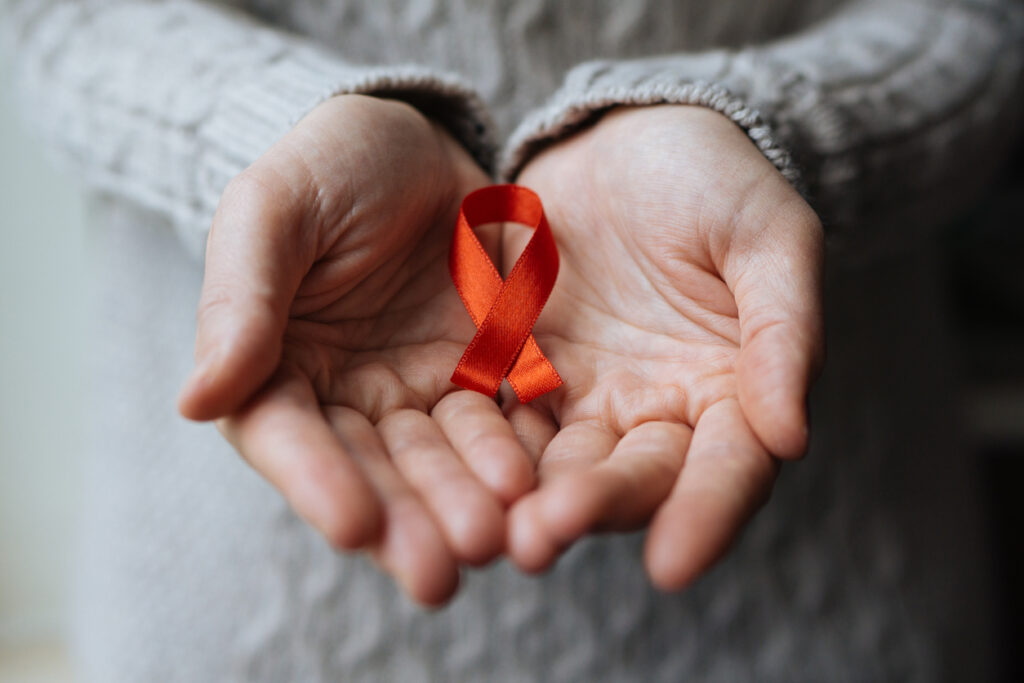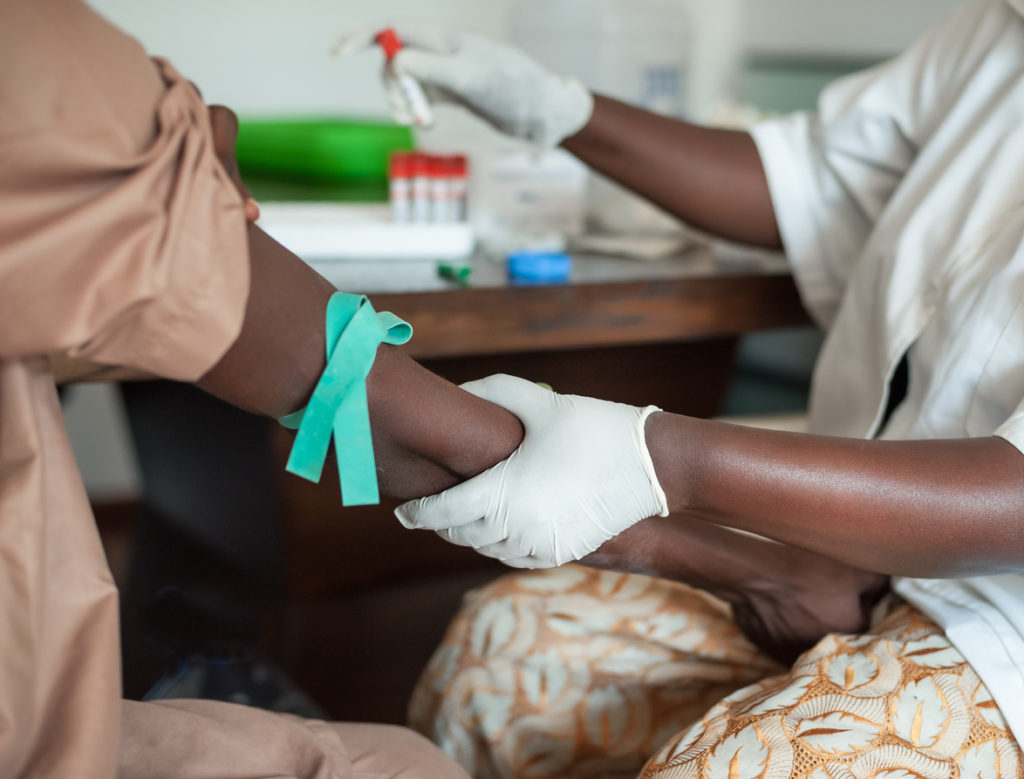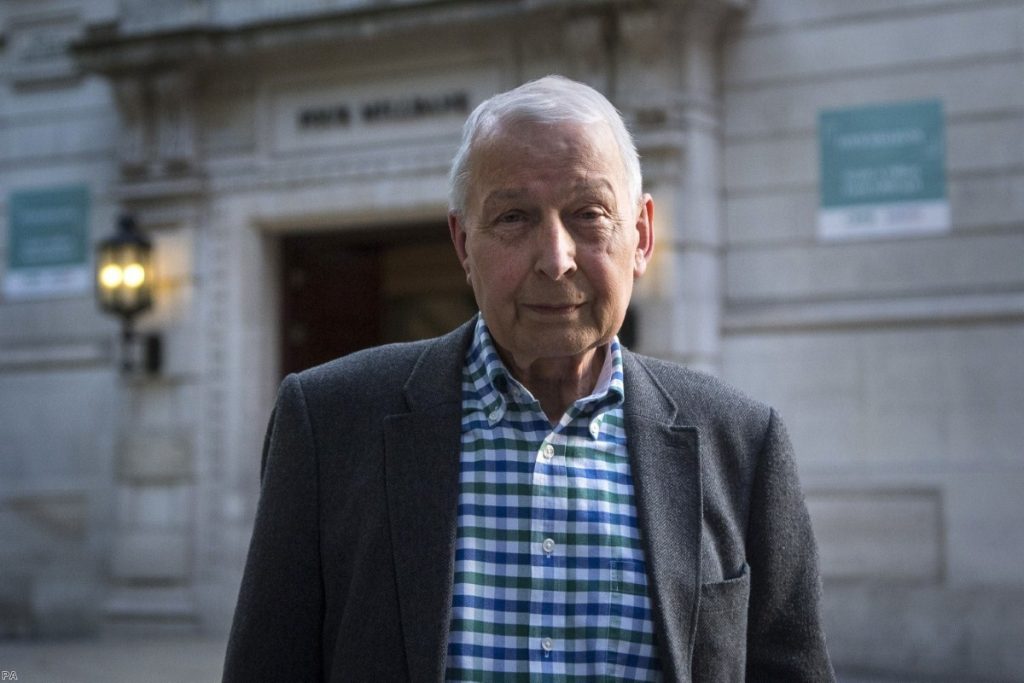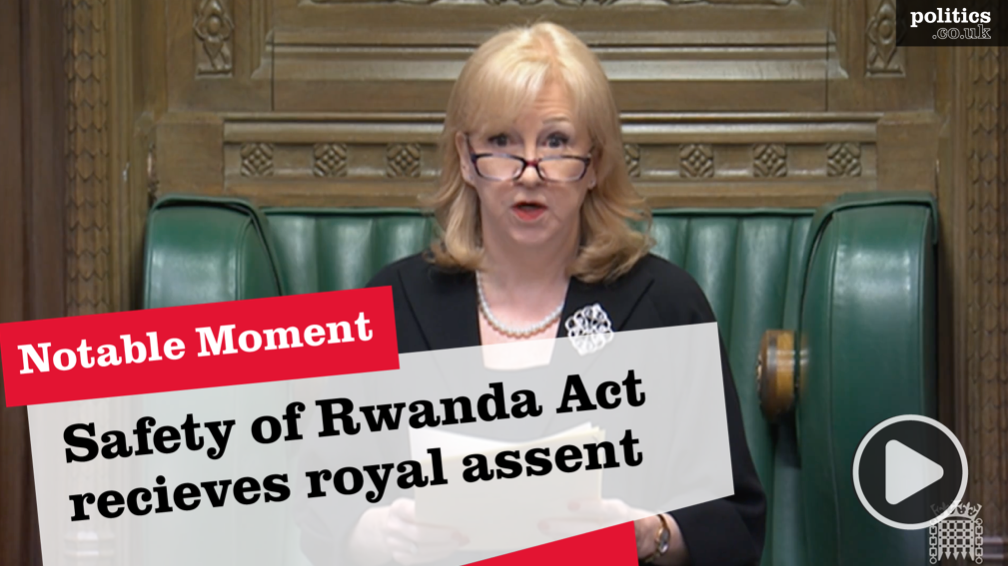What is HIV?
‘HIV’ stands for Human Immunodeficiency Virus.
HIV attacks the body’s immune system, reducing its ability to fight off infections.
It does this by infecting white blood cells (CD4 cells), which are responsible for engaging the immune system when infections enter the body.
One of the effects that HIV causes is Acquired Immune Deficiency Syndrome (AIDS). Although people with HIV can live for many years without major negative health effects, their weakened immune system leaves them very vulnerable to infections.


When someone with HIV succumbs to another infection, the onset of AIDS is said to have occurred. According to the Terrence Higgins Trust, the term ‘AIDS’ is no longer widely used. It is perhaps more commonly referred to, in medical circles at least, as ‘late stage’ or ‘advanced HIV infection’.
According to the website hiv.gov, today people with HIV who are “aware of their status, take antiretroviral therapy daily as prescribed, and achieve and maintain an undetectable viral load, can live long, healthy lives and have effectively no risk of sexually transmitting HIV to their HIV-negative partners”.
HIV in the UK
HIV became an issue of serious concern in the UK when it was first identified in the early 1980s. The infection was particularly stigmatised when it was first discovered because the public didn’t know how the disease was caught and what its consequences were. HIV/AIDS was initially thought to only infect homosexual men and drug users, complicating impartial debate, and a small minority increased tensions by claiming that the condition was some form of ‘divine retribution’.
Since the disease was discovered, successive governments have funded public awareness and education campaigns to raise the profile and improve understanding of the illness. The HIV/AIDS campaigns of the 1980s led to a growth in public awareness of the importance of avoiding unsafe sex and to a lesser extent, the use of ‘dirty needles’ – two of the principal means of transmission.
Safe sex and the development of antiretroviral therapies, which delay the onset of AIDS, have resulted in substantial reductions in AIDS incidence and deaths in the UK.
In 2019, government figures estimated 105,200 (95% credible interval (Crl) 103,300 to 108,500) people were estimated to be living with HIV infection in the UK. Of these, 6,600 (95% Crl 4,900 to 9,800) were estimated to be undiagnosed, equivalent to 6% (95% Crl 5 to 9%).
According to Public Health England, the total number of people newly diagnosed with HIV continued to decrease in 2019 to 4,139 (1,139 females and 3,000 males);which was a reduction of 34% from a peak of 6,312 new diagnoses reported in 2014.
Government policy on HIV focusses on a combination of bringing together prevention interventions such as high levels and frequency of HIV testing, pre-exposure prophylaxis (PrEP), rapid linkage to care and treatment, and support for people with diagnosed HIV to attain viral suppression
Testing is considered a key part of the UK government’s strategy to combat the spread of HIV. In 2019, 1,310,731 eligible attendees were tested for HIV in sexual health services in England.
In the UK, the majority of those engaged in HIV care were receiving antiretroviral therapy (ART), totalling 96,866 in 2019. Public Health England suggested that in 2019, of people receiving ART, where a viral load result was reported, 97% were virally suppressed (defined as a viral load ≤200 copies per ml).
HIV around the world
In the developed world, HIV/AIDS is increasingly understood, avoidable and treatable – although it cannot yet be cured. The stigma once associated with the condition has also reduced considerably.
However, a number parts of the developing world continue to experience HIV/AIDS epidemics of horrifying proportions. Sub-Saharan Africa and, to a lesser but growing extent, parts of southern Asia have large proportions of their populations that are HIV positive. Many of these communities still do not have effective access to HIV treatments.
The World Health Organisation has said that between 2000 and 2019, new HIV infections fell by 39% and HIV-related deaths fell by 51%, with 15.3 million lives saved due to antiretroviral therapy. However the WHO estimates that due to the gaps in HIV services that exist around the world, particularly in Sub Saharan Africa, 690,000 people died from HIV-related causes in 2019 and 1.7 million people were newly infected.
In 2014,the United Nations (UNAIDS) ‘Fast-Track’ strategy had set a target to reduce new HIV infections and AIDS-related deaths by 90% by 2030, compared to 2010 levels.
UNAIDS has set the target of reducing new annual HIV infections to fewer than 500,000 by 2020 and to fewer than 200,000 by 2030 – ending AIDS as a public health threat.
According to the UN (UNAIDS), there were approximately 38 million people across the globe with HIV/AIDS in 2019. Of these, 36.2 million were adults and 1.8 million were children (<15 years old).
As of 2019, 25.4 million people with HIV (67%) were accessing antiretroviral therapy (ART) globally, meaning that 12.6 million people are still waiting. HIV treatment access, is seen as being key to the global effort to end AIDS as a public health threat.
In 2021, as part of the UK government’s reduction in foreign aid spending, it was announced that the UK had reduced its contribution to UNAIDs from £15 million to £2.5 million.
Quotes
“With 690,000 people dying from an AIDS-related illness each year, the UK government must urgently change tack and protect its funding for UNAIDS and other organisations doing vital work in the HIV response”…”For the first time in decades, there is a very real threat of hard-won progress on HIV and AIDS going into reverse” – Christine Stegling, Executive Director at the charity Frontline AIDS.









